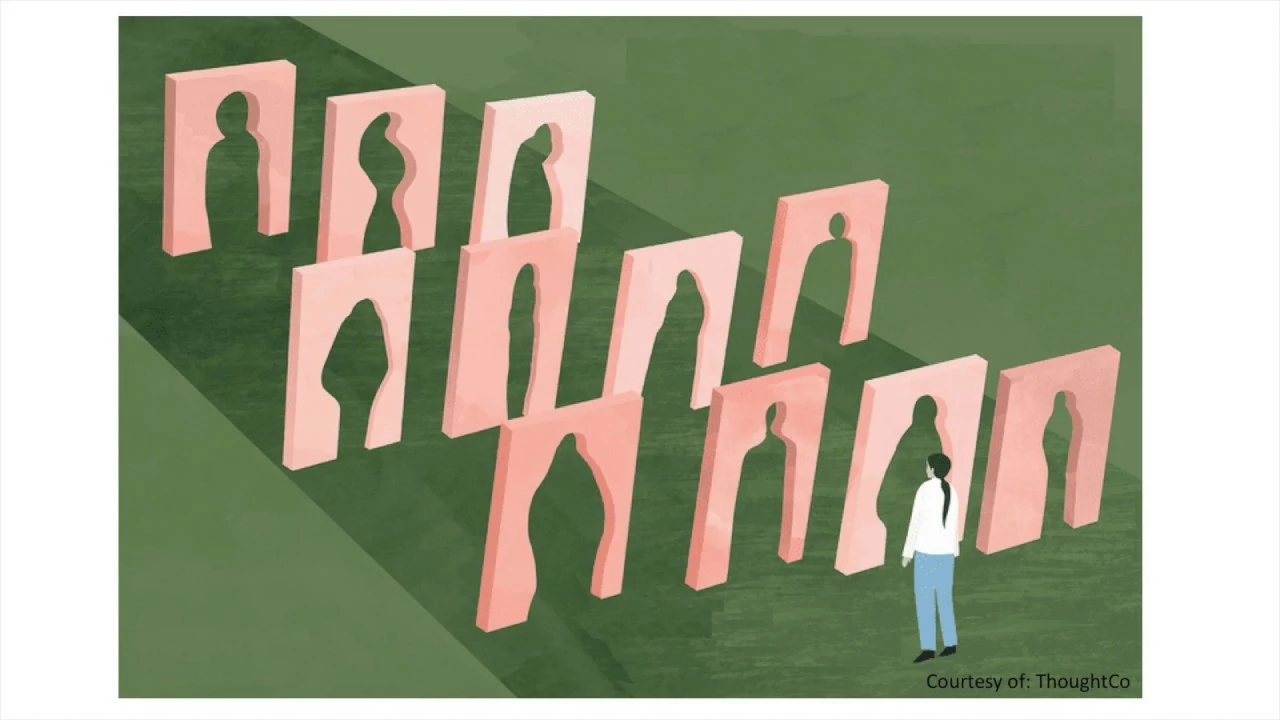Stereotypes – Myths, Impact and How to Overcome Them
Ever noticed how quickly we jump to conclusions about a person or a group? That snap‑judgment is a stereotype in action. It’s a mental shortcut that saves time, but it also packs a lot of bias. The good news is that you don’t have to live with those shortcuts. By understanding why they form and learning a few simple habits, you can keep stereotypes from steering your choices.
Why Stereotypes Stick
Stereotypes survive because our brains love patterns. From childhood we hear stories, see movies, and absorb jokes that paint certain groups in a fixed light. Those repeated images become a mental library that we pull from without thinking. Social media makes it worse – a meme can spread a stereotype faster than a rumor in a small town.
Another reason is the “in‑group, out‑group” effect. We feel safer around people who seem like us, so we lump everyone else into a single label. That label then guides how we speak, hire, or even vote. It’s not just about prejudice; it’s a survival instinct that got us through ancient hunting days, but it’s out of place in a modern workplace.
Finally, confirmation bias keeps the cycle alive. If you already believe a stereotype, you’ll notice details that fit it and ignore the rest. That’s why you might think all engineers are introverts, even though you’ve met many outgoing ones.
Steps to Challenge Stereotypes
1. Pause and question. When you find yourself assuming something about a person, ask, “What evidence do I actually have?” Write down the thought and the facts. Seeing the gap helps you ditch the shortcut.
2. Seek real stories. Replace the generic label with a specific example. Talk to someone from the group you’re stereotyping, read a personal blog, or watch a documentary that shows diverse experiences.
3. Mix up your circles. Join a club, volunteer, or attend events where you’ll meet people who don’t fit your usual mold. Direct contact is the fastest way to break false assumptions.
4. Watch the language you use. Phrases like “she’s so emotional” or “they’re always late” reinforce stereotypes. Swap them for neutral descriptions based on observed behavior.
5. Teach the habit. When friends or coworkers use a stereotype, gently call it out. You don’t need to lecture; a simple, “I hear that a lot, but have you seen…?” opens the conversation.
Applying these steps at work can improve hiring decisions, team dynamics, and customer service. In daily life, you’ll find yourself making fairer judgments and feeling less anxious about getting it wrong.
Remember, stereotypes are built on stories, not facts. By swapping the story for real data, you give yourself a clearer picture and make space for more authentic connections. The next time a quick label pops up, challenge it – you’ll be surprised how often it falls apart.
